Danba
Danba southwest of China is an area with a temperate climate, fertile soil and varied natural resources.The amazing towers that symbolize the region reveal that the ancestors of Ganzi thrived here thousands of years. They were skilled masons and they created a unique architectural stone buildings. These towers are their masterpieces, and it is estimated that the first were built as early as the Tang Dynasty (618-907).
For almost a millennium, these towers have endured wars, erosion, earthquakes and yet over a hundred still stand; dominating the villages and peaks.
During our meetings with some families; the talk arouses a sense of pride and many people have started to maintain them.
The importance of these stone towers in the cultural heritage of Ganzi is increasingly recognized, and their interest and their contribution to historical, architectural, ethnological and tourism development.
Yet many mysteries surrounding these monuments remain unsolved.
Danba
Le Danba au sud-ouest de la Chine est une région au climat tempéré, aux sols fertiles et aux ressources naturelles variées.Les étonnantes tours qui symbolisent cette région révèlent que les ancêtres des Ganzi prospéraient voici des milliers d’années. Il s’agissait d’habiles maçons et ils créèrent une exceptionnelle architecture d’édifices de pierre. Ces tours sont leurs chefs d’œuvres, et on estime que les premières ont été construites dès la dynastie Tang (618-907).
Pendant près d’un millénaire, ces tours ont dû endurer les guerres, l’érosion, les séismes et pourtant plus d’une centaine se dressent toujours et dominent les villages et les crêtes. Lors de nos rencontres avec certaines familles ; les évoquer suscite un sentiment de fierté et de nombreux habitants ont entrepris de les entretenir.
L’importance de ces tours de pierres dans l’héritage culturel des Ganzi est de plus en plus reconnue, ainsi que leur intérêt et leur apport aux recherches historiques, architecturales, ethnologiques et le développement touristique.
Et pourtant, bien des mystères entourant ces monuments, restent irrésolus.
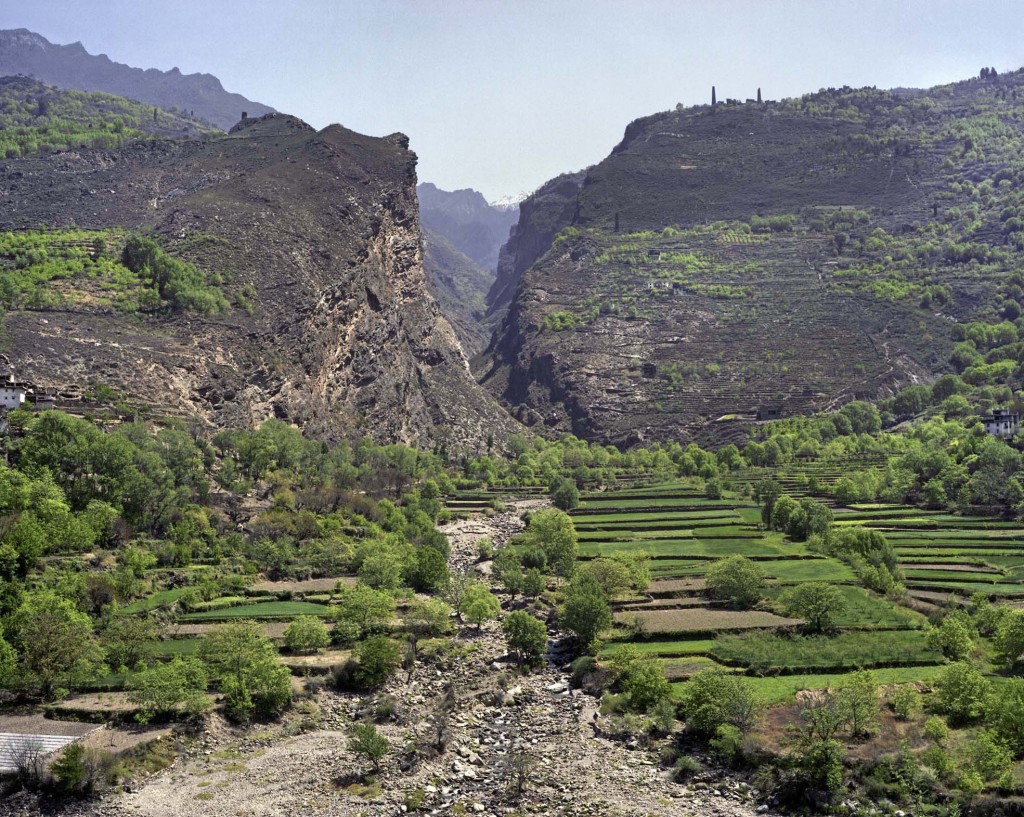
DEG0393527.jpg
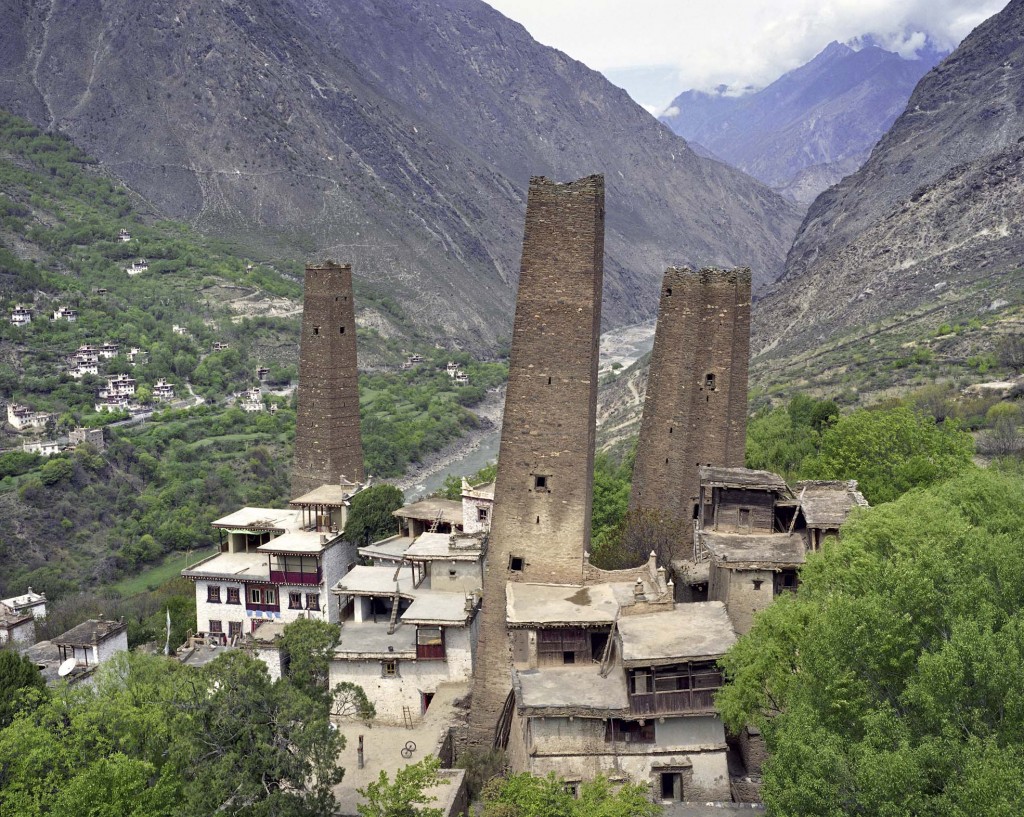
DEG0393535.jpg
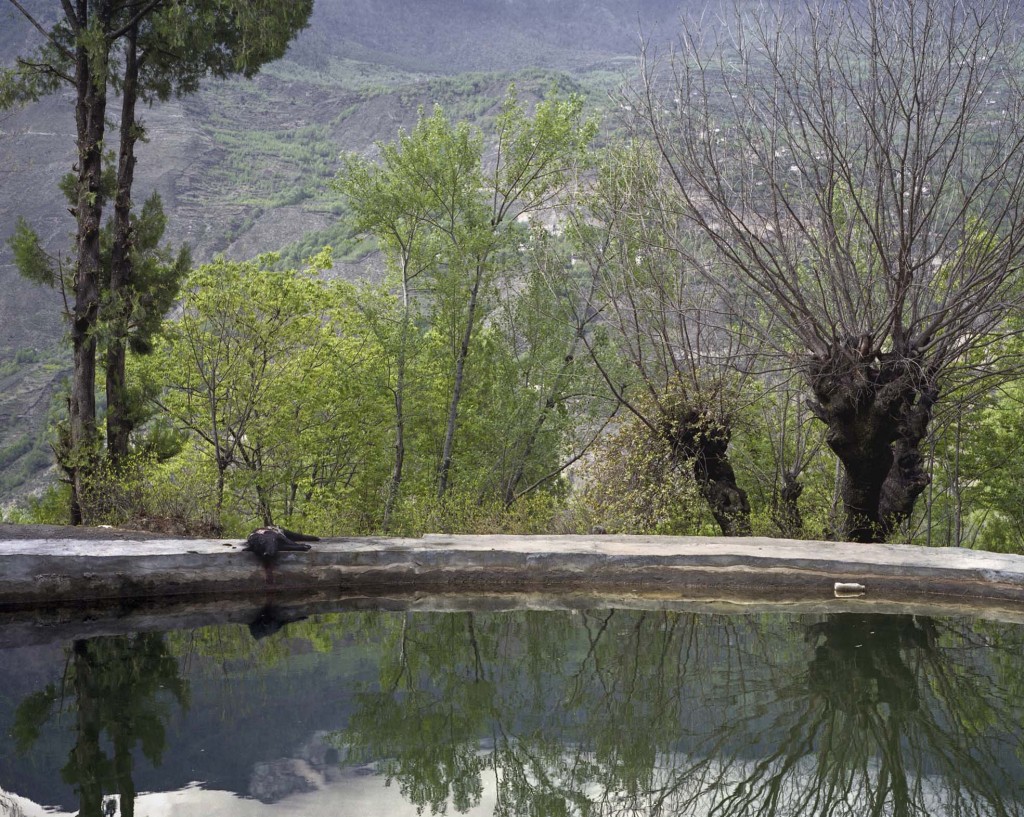
DEG0393537.jpg
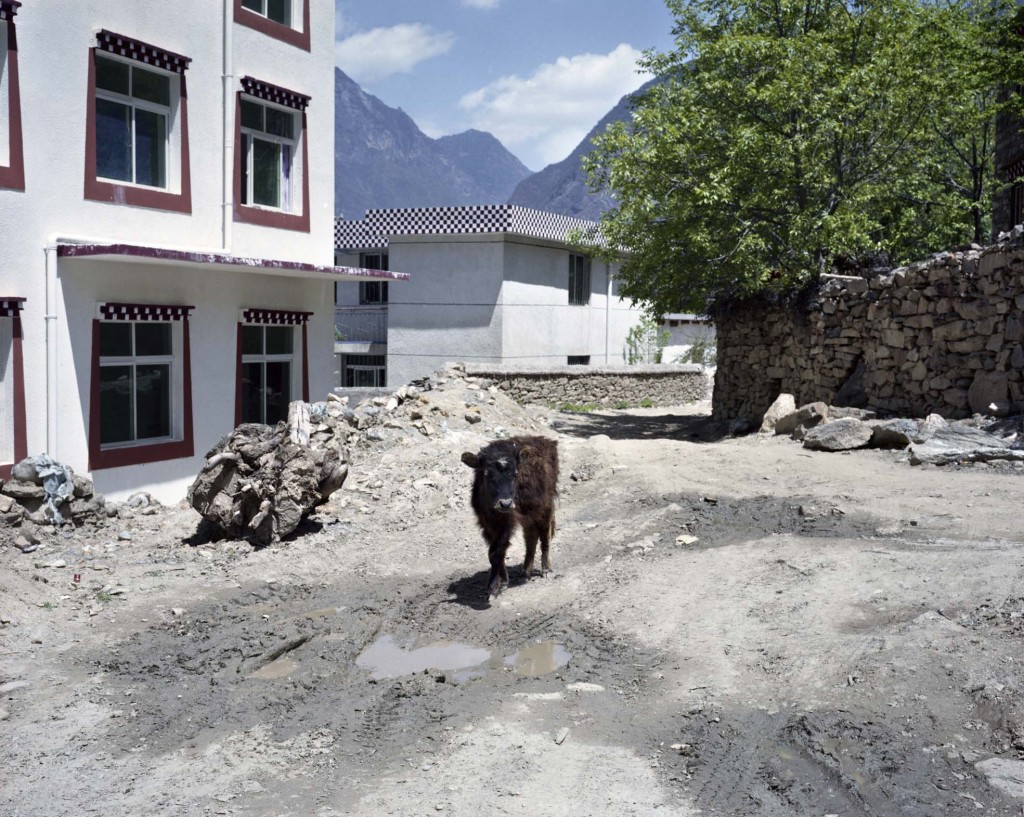
DEG0393530.jpg
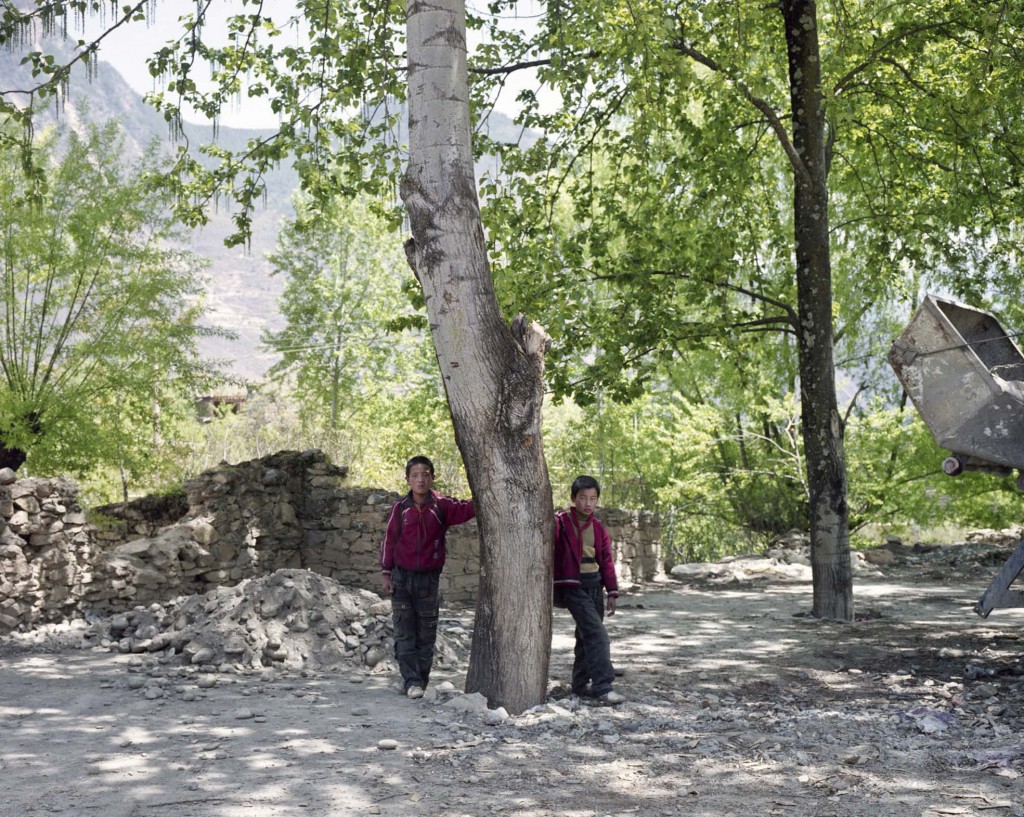
DEG0393529.jpg
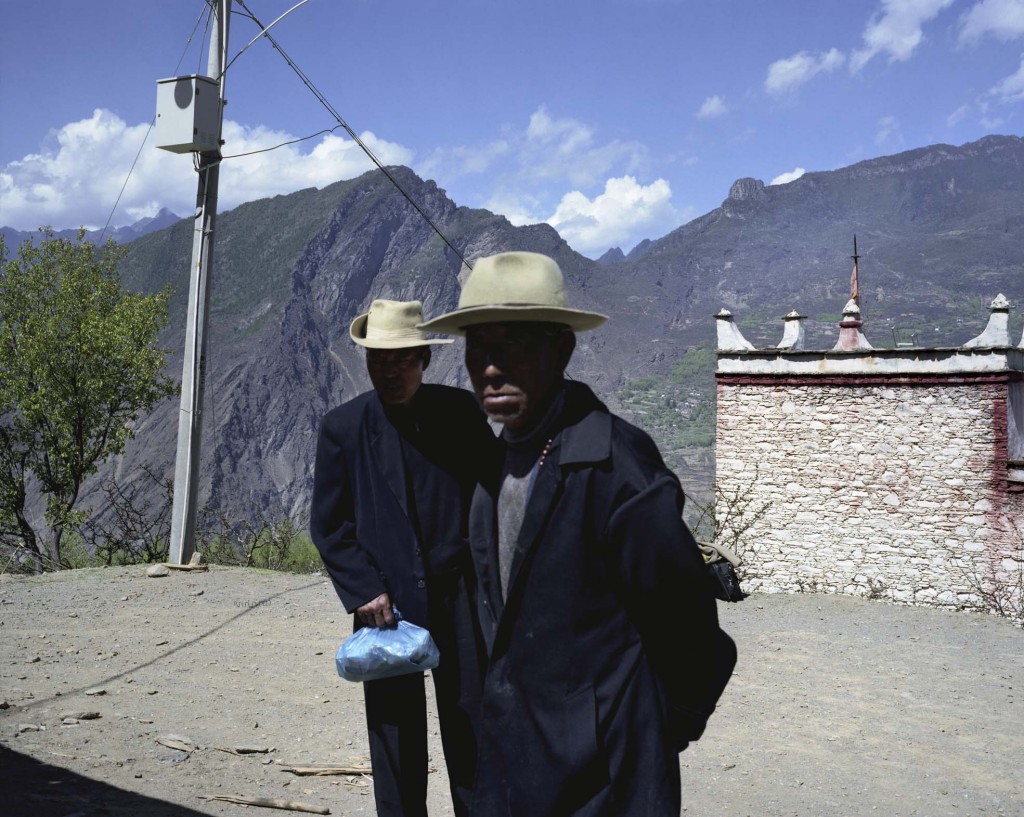
DEG0393531.jpg
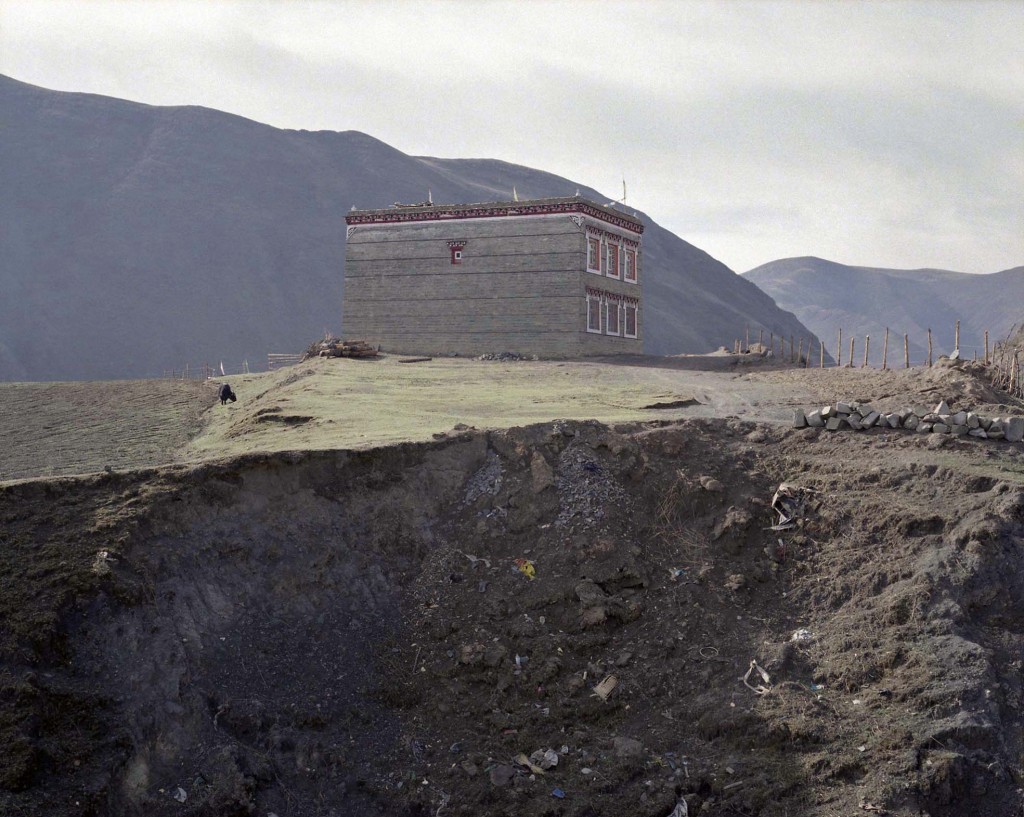
007
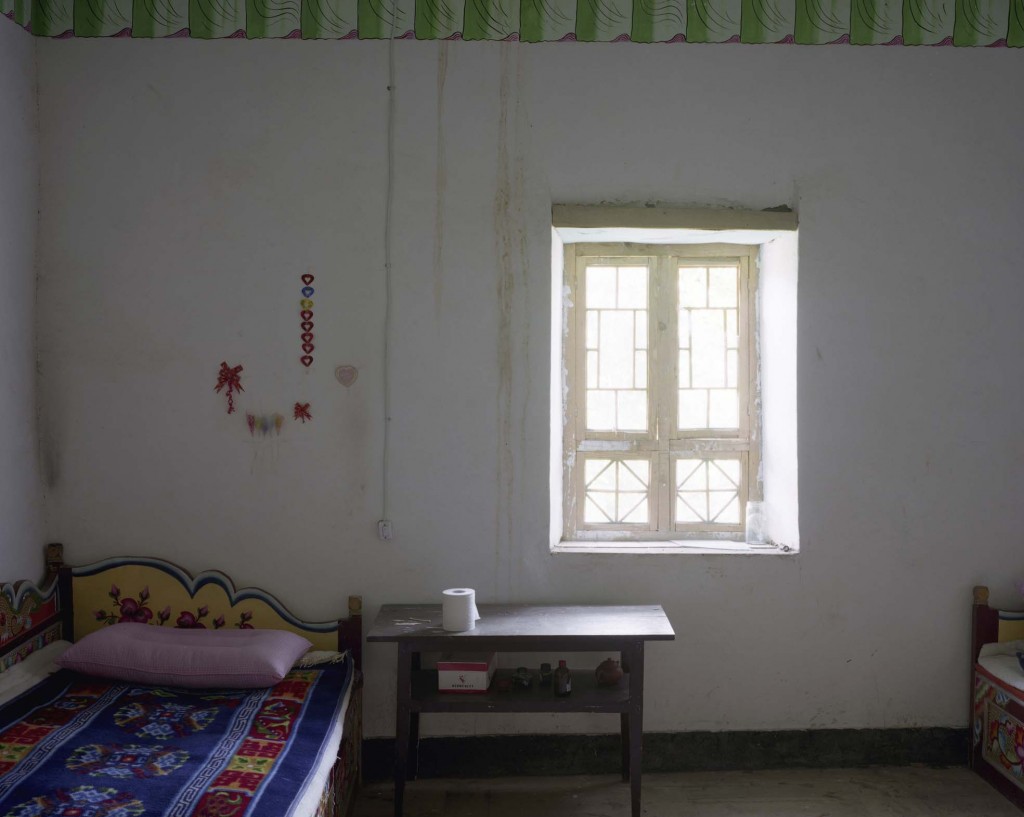
DEG0393532.jpg
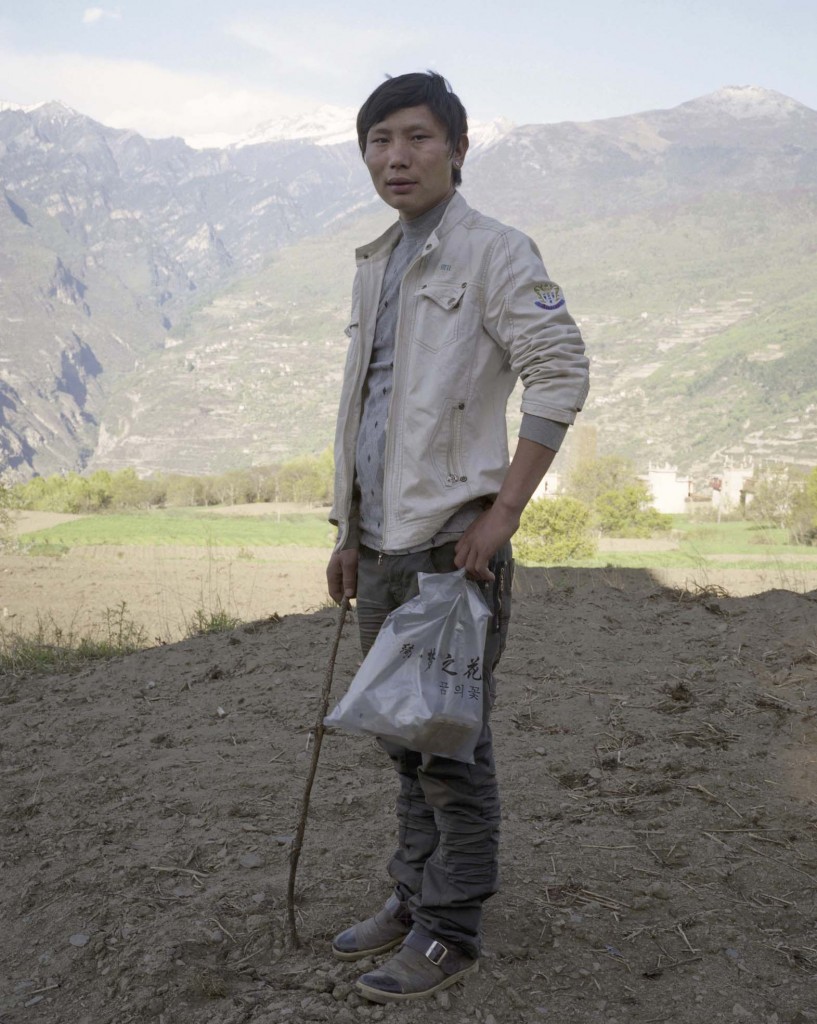
DEG0393540.jpg
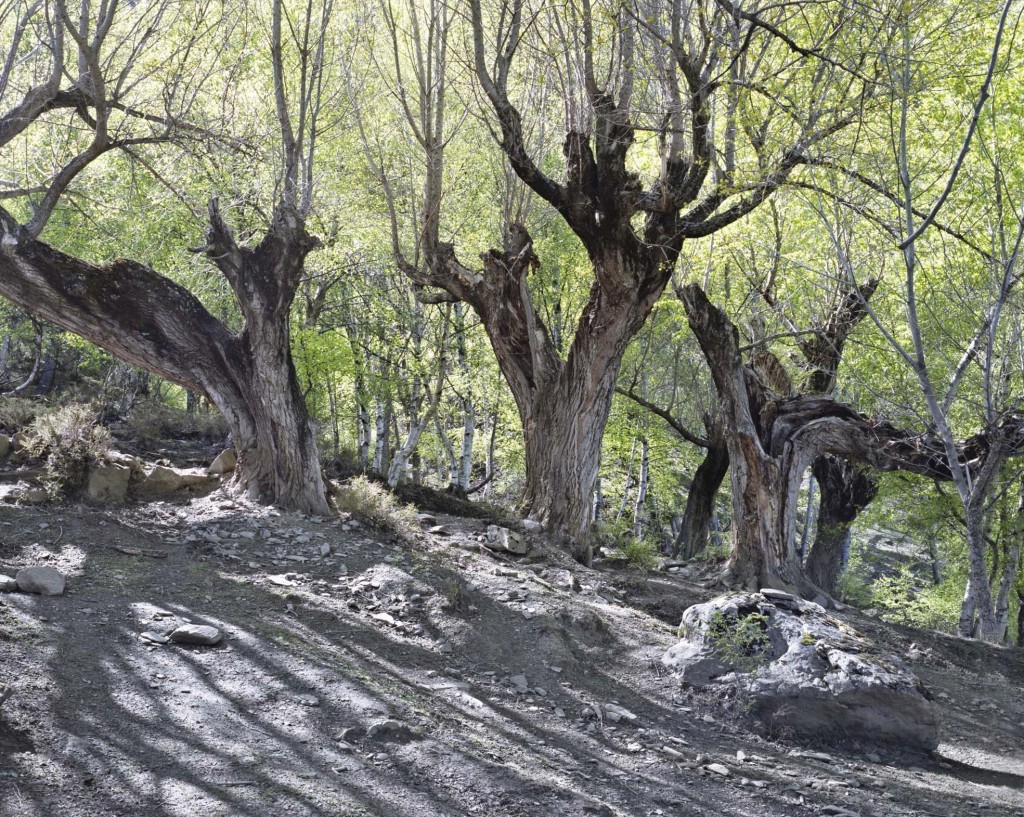
DEG0393536.jpg
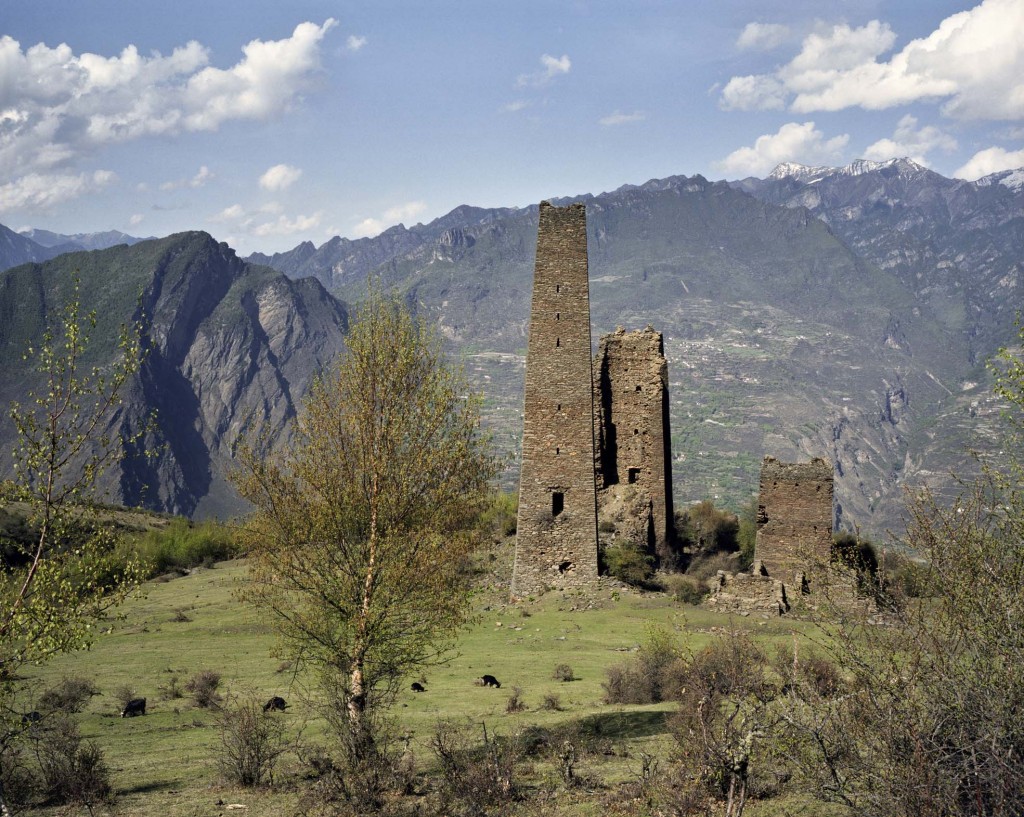
DEG0393539.jpg
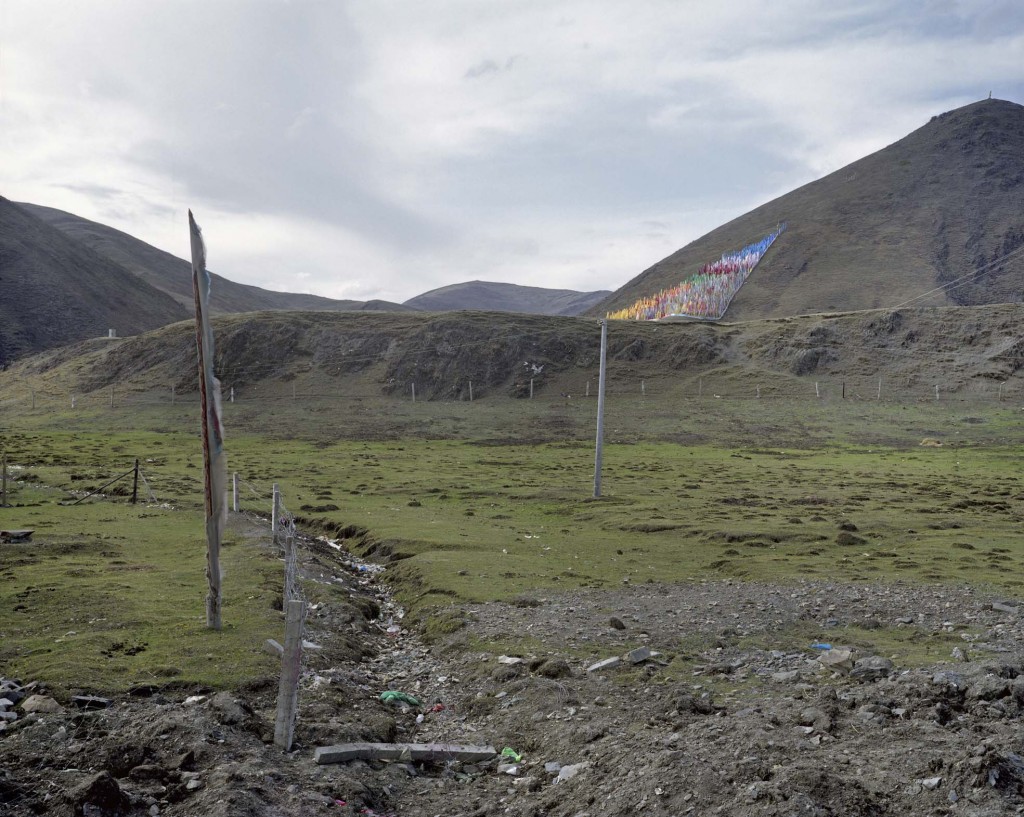
DEG0393550.jpg
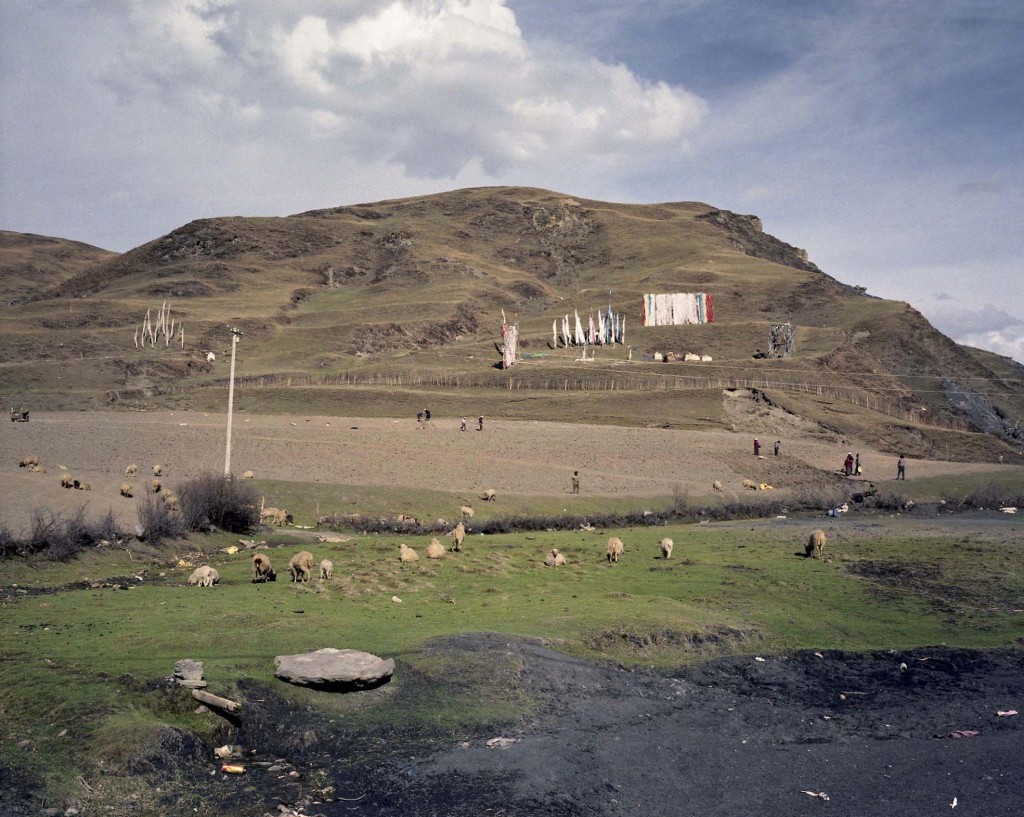
013
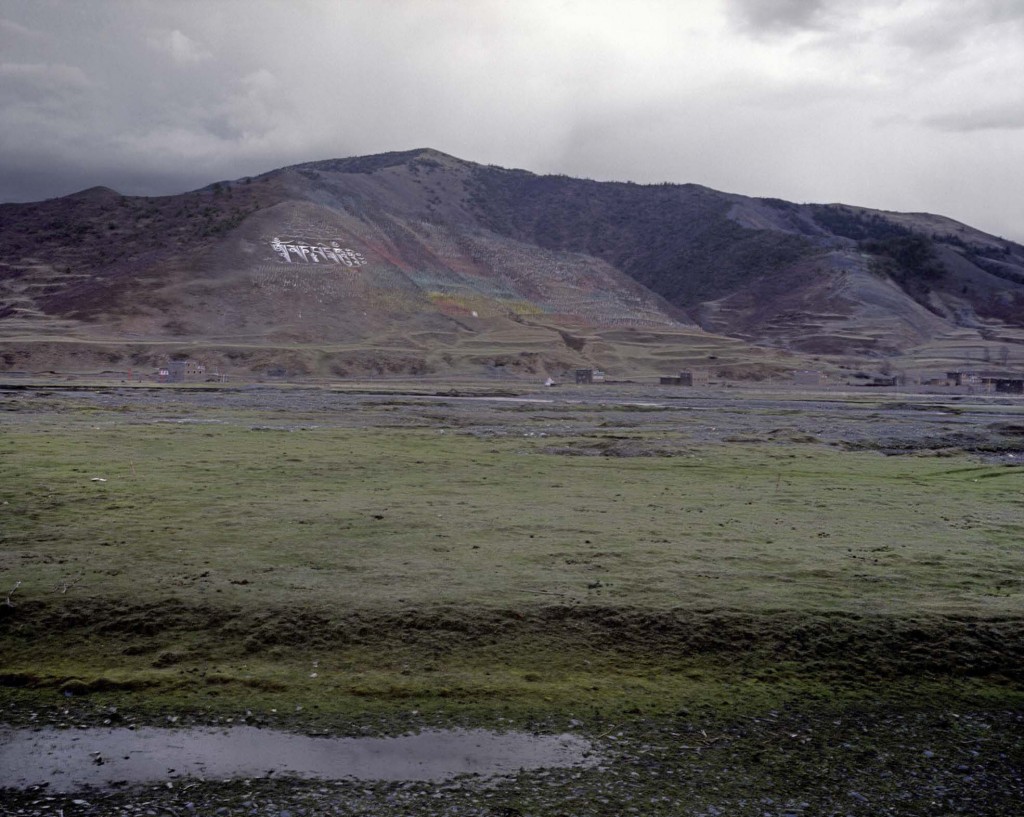
DEG0393563.jpg
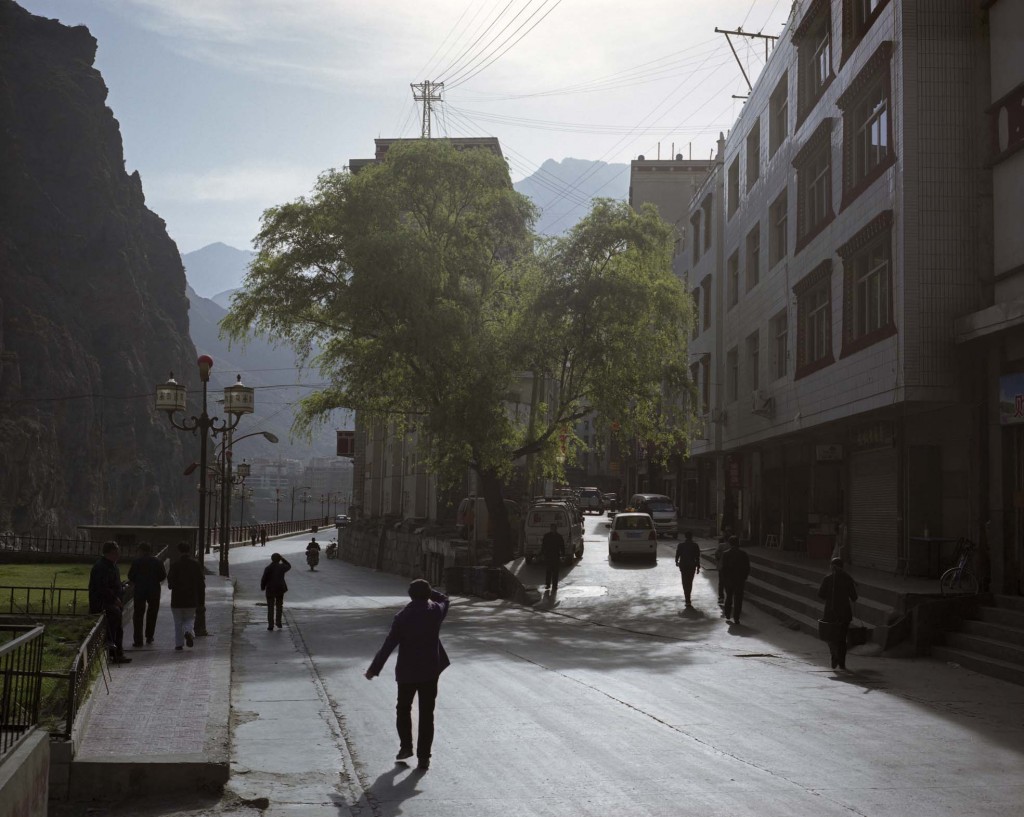
DEG0393541.jpg
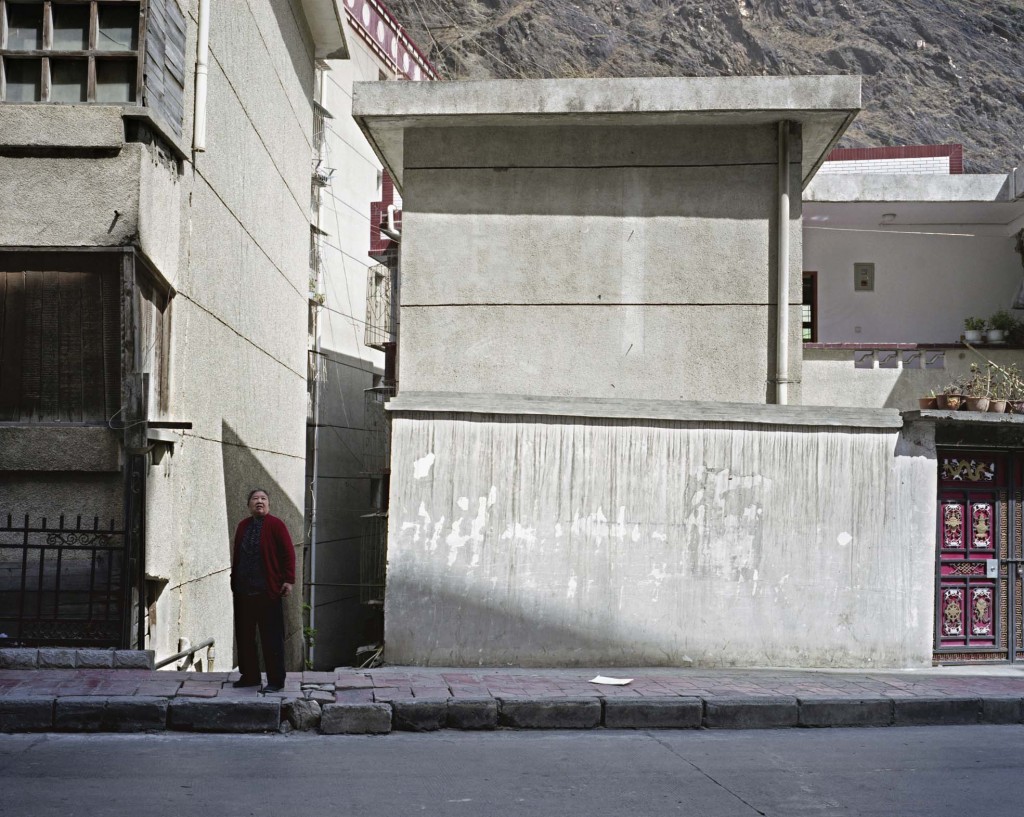
DEG0393543.jpg
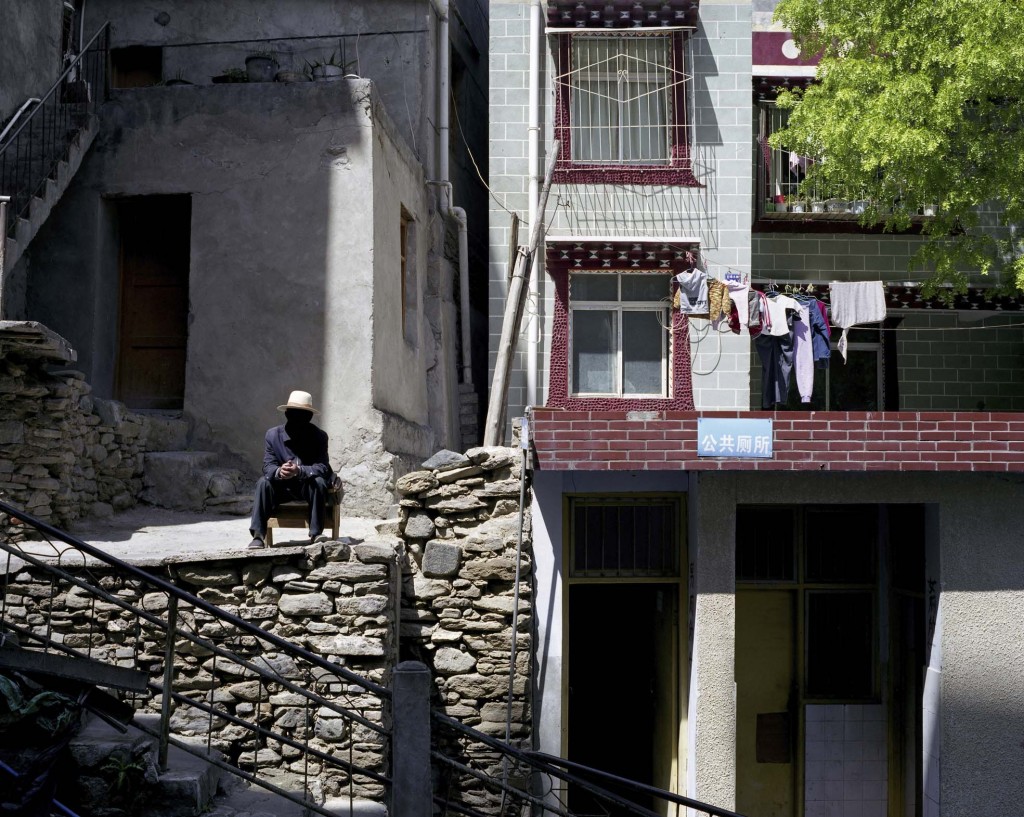
DEG0393542.jpg
The primary forest of Mugecuo
Primary forest is a forest that has never been nor exploited or fragmented either directly or clearly influenced by man.According to botanists, primary forests could disappear completely by 2020 if nothing is done to protect them.
La forêt primaire de Mugecuo
Une forêt primaire est une forêt qui n’a jamais été ni exploitée, ni fragmentée ni directement ou manifestement influencée par l'homme.Selon les botanistes, les forêts primaires risquent de disparaître totalement vers 2020 si rien n'est fait pour les protéger.
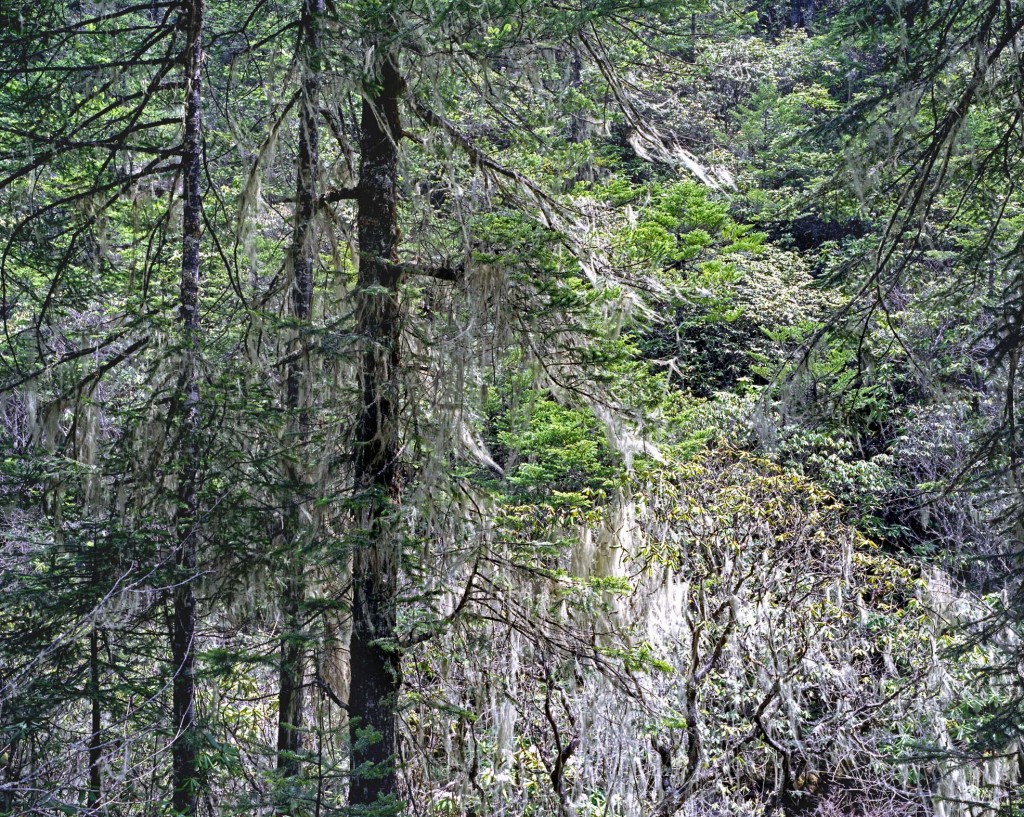
019
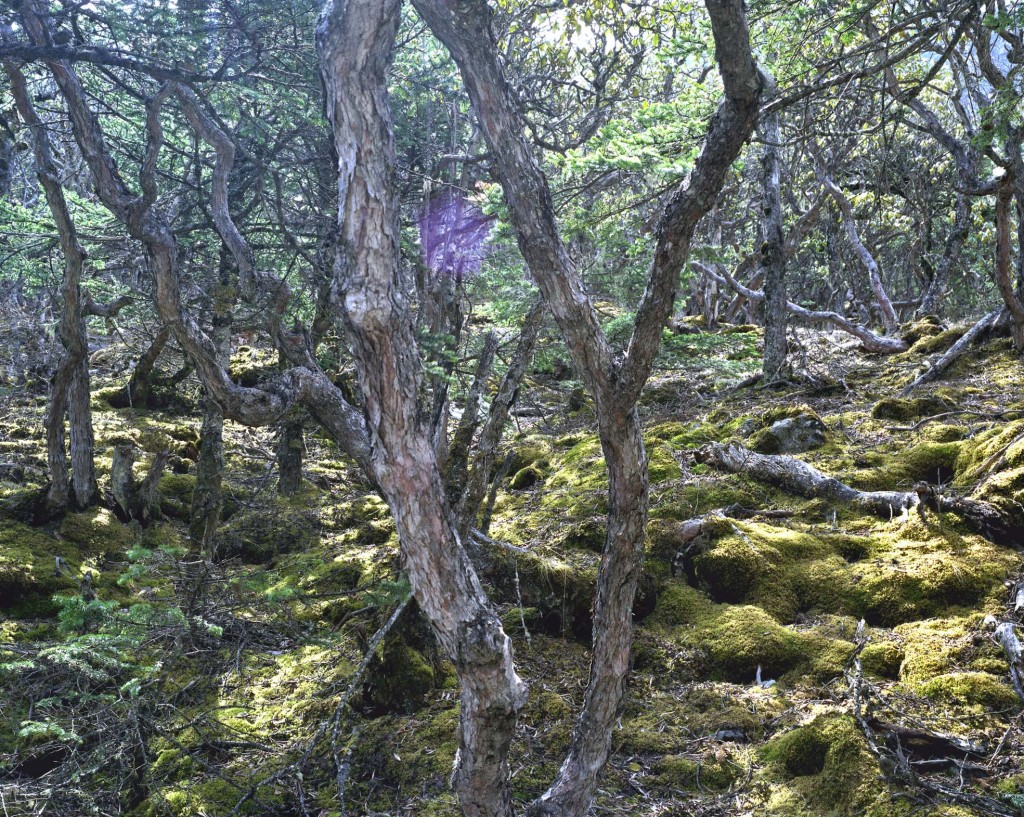
020
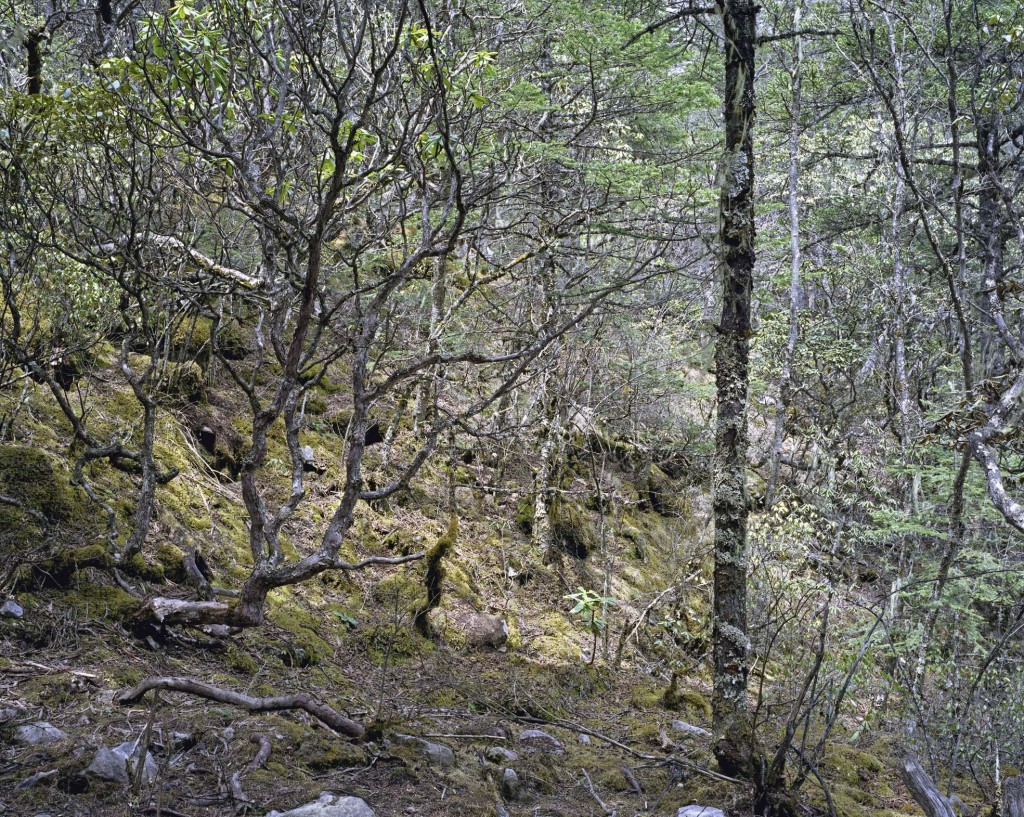
DEG0393562.jpg
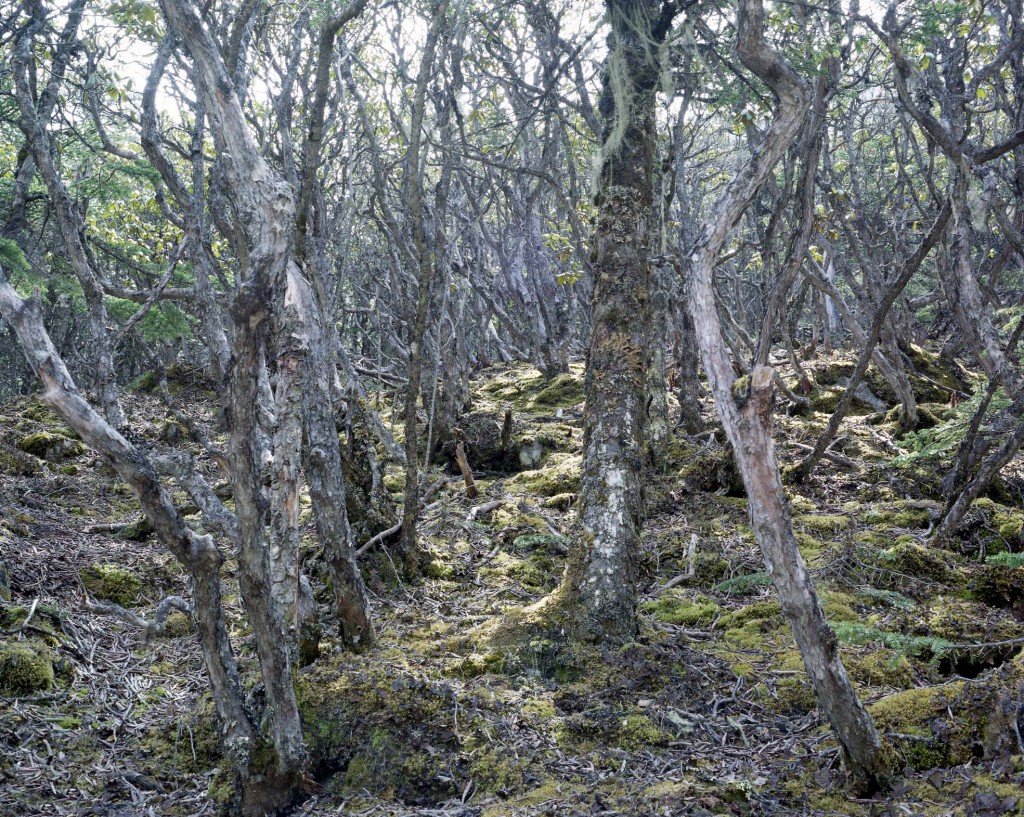
022
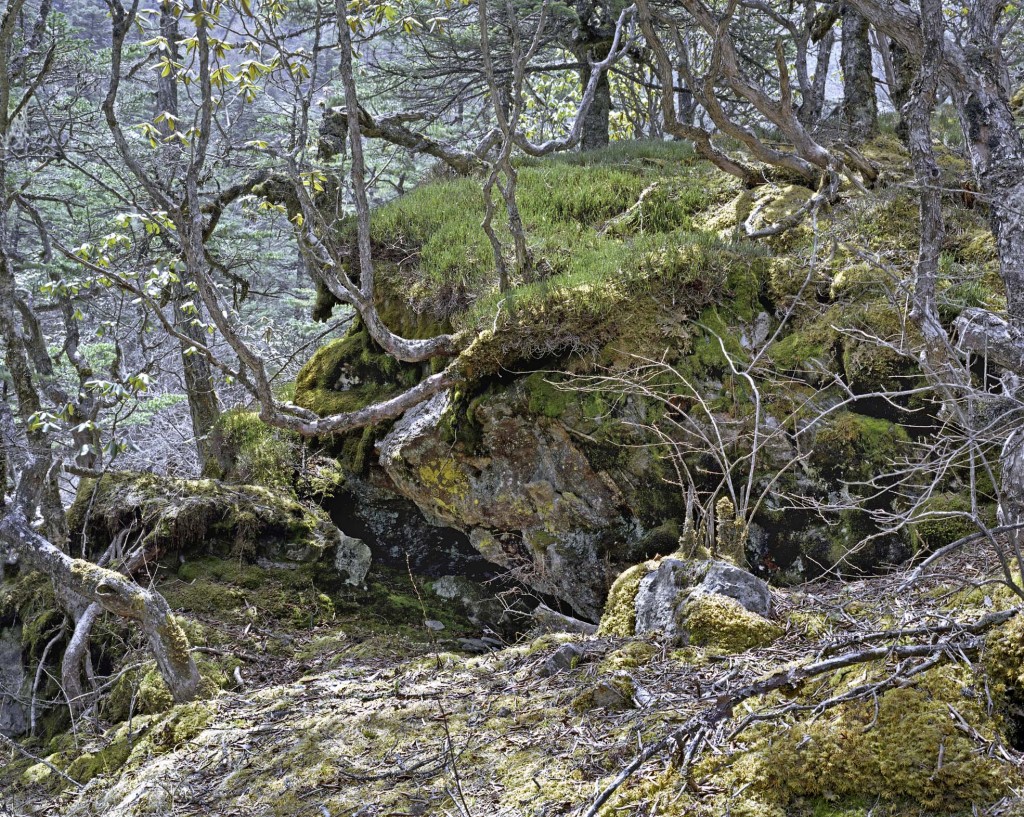
DEG0393561.jpg
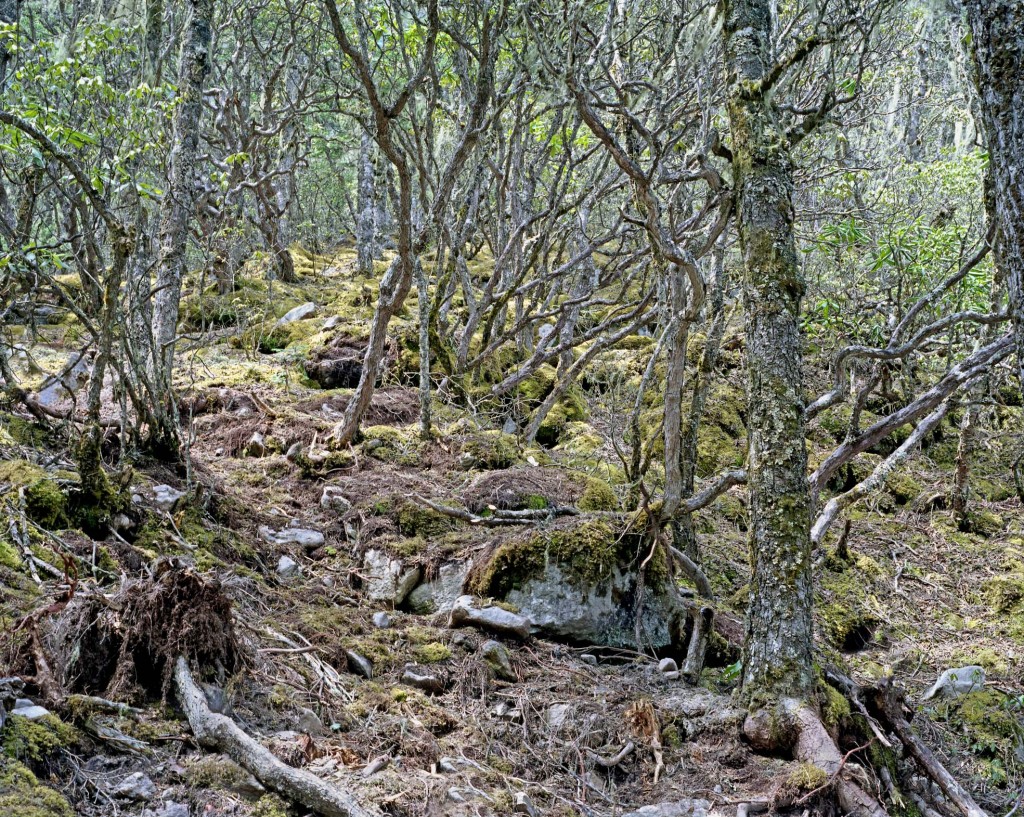
024
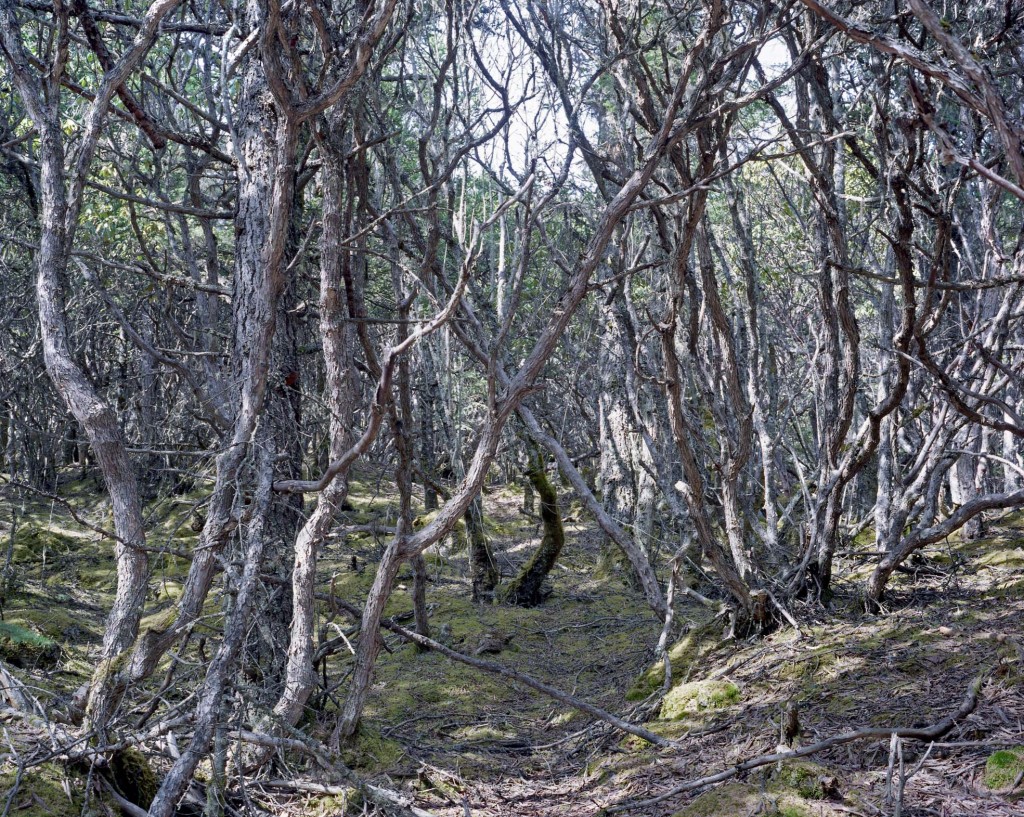
025
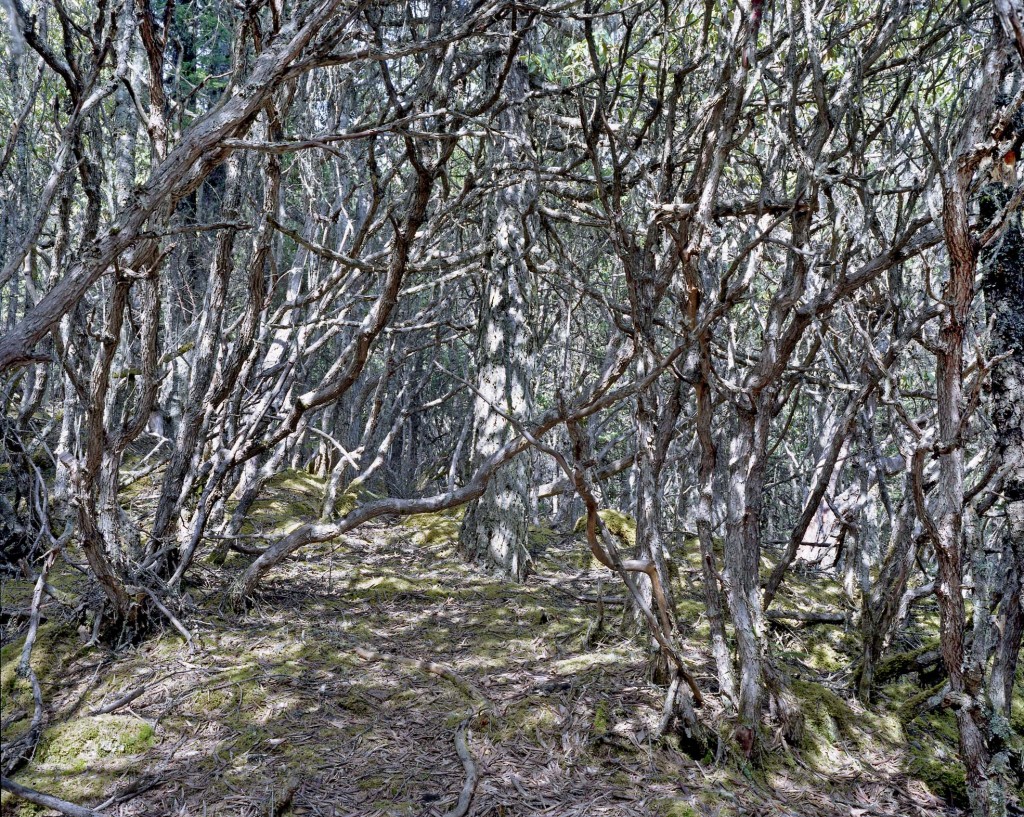
026
 Gautier Deblonde
Gautier Deblonde